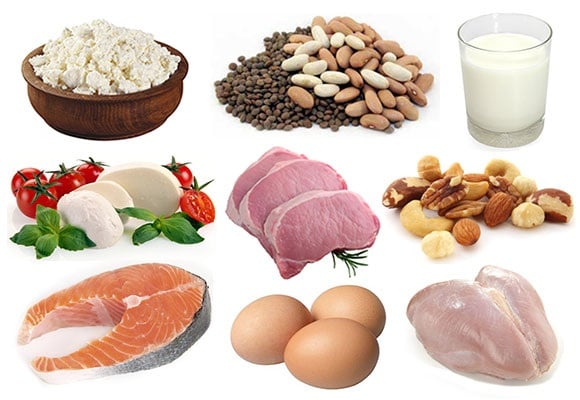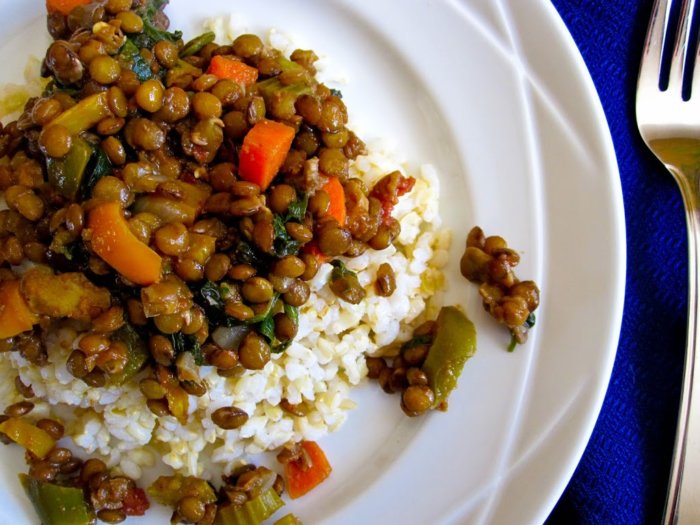Protein-Rich Foods That You Should Include In Every Diet
If you are feeling low on energy or feeling hungry in between meals, you may be low in protein. Although most people feel they may be getting enough protein, some experts feel that Americans are not getting enough protein. With the Western diet full of starches and sugars, protein intake may be overlooked (fibre too, but that is a whole different story!). And if you are on a restricted diet, it can be difficult to get good protein foods in your diet. Let’s explore all the basics of protein and how to get enough of it in your diet.
What is protein and how much do you need?

Protein is an important building block of life. It helps in cell growth and its repair. It also helps in maintaining lean muscle mass, among many other functions. During digestion, protein breaks down into amino acids, which can be grouped into essential, nonessential, or conditional. The body needs essential amino acids through food since the body does not make them. Nonessential amino acids are made by the body from the food you eat or breakdown of proteins, and conditional amino acids are needed in times of illness and stress.
The protein needs for each person will vary according to height, weight, activity level, and health status such as illness or chronic conditions. However, a general rule of thumb is that most adults should get about 15-25-percent of your calories from protein. Therefore, if you eat 2000 calories a day, multiply that by .15-.25, which comes out to about 300-500 calories a day. Then divide this number by 4 calories per gram of protein, which then equals about 75-125 grams of protein a day, although this number could be higher or lower depending upon your total calories consumed each day.
Protein for every diet
There are many specialized diets out there, but protein is an important part of all of them. The following list tells you about protein-rich sources from four major eating regimens. You have to ensure you get enough protein each day no matter what your dietary needs are.
Vegetarian:

Besides, calcium-rich leafy greens like kale, spinach, and broccoli, you can find protein in many meatless forms. Add in legumes such as beans, peas, and lentils for a rich source of fiber and protein, about 6-9 grams of protein and fiber per ½ cup cooked. Also, nuts and seeds are great toppings for salads, oatmeal, and soups for about an extra 4 grams of protein per two tablespoons. Whole grains like brown rice, quinoa, oats, and whole grain bread can also be great sources of meatless protein. Finally, soy-based products such as tofu, tempeh, soybeans, and soy milk are rich sources of protein on the vegetarian diet. Lacto-vegetarians may also have dairy products like milk, cheese, and yogurt. Lacto-ovo vegetarians may be allowed eggs in addition to dairy for an additional source of protein. Finally, pescatarians may follow a vegetarian diet but allow themselves fish and seafood as additional protein sources.
Vegan:
The guidelines for a vegan diet are very similar to the vegetarian diet. The only difference is that vegans do not include any form of dairy or animal product in the diet. Since animal products such as meats, poultry, seafood, eggs, and dairy products contain a lot of B12, vegans may be at risk of being B12 deficient. Therefore, it is important that vegans consume B12 supplements or B12 rich vegan-friendly foods such as fortified soy milk or orange juice, or fortified cereals. Sources of B12 that have been found by research to be inadequate are spirulina, dried nori, barley grass, and most seaweeds, so do not rely on this as a B12 source on tour vegan diet.
Gluten-free:
The gluten-free diet allows most animal products unless they have been processed with fillers made from wheat, barley, or rye. Also, grain products that contain any wheat such as bread, pasta, and whole-grain crackers would not be allowed. More information on the gluten-free diet can be found on the Mayo Clinic website.
Low FODMAP:

The low FODMAP diet is followed by those who have digestive conditions such as irritable bowel syndrome. They cut out foods high in fructose, lactose, and other components that have been found to cause digestive discomfort. Protein-wise, most animal products, and whole grain restrictions are the same as the gluten-free diet. In addition, though, those on this regimen should just stick to lactose-free dairy products. These include hard cheeses such as cheddar that have low lactose levels. Most nuts and seeds are ok except for cashews and pistachios. Visit the Monash website for more information on this eating regimen.
For information on how you can eat healthy when eating out on your specialized diet, download the HowUdish App on your iPhone today or visit the HowUdish social media page. We can help you find good protein foods for you at local restaurants.


